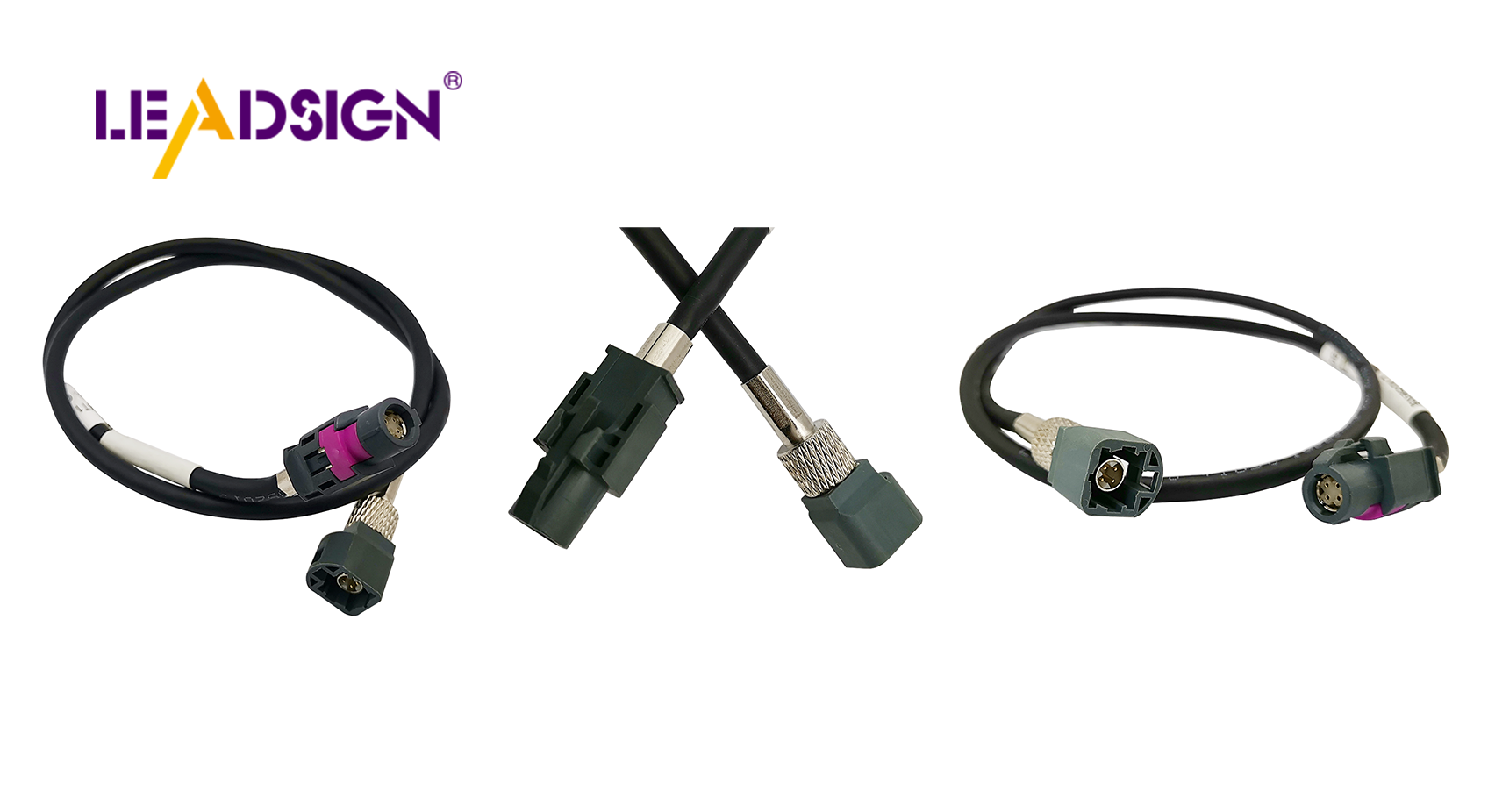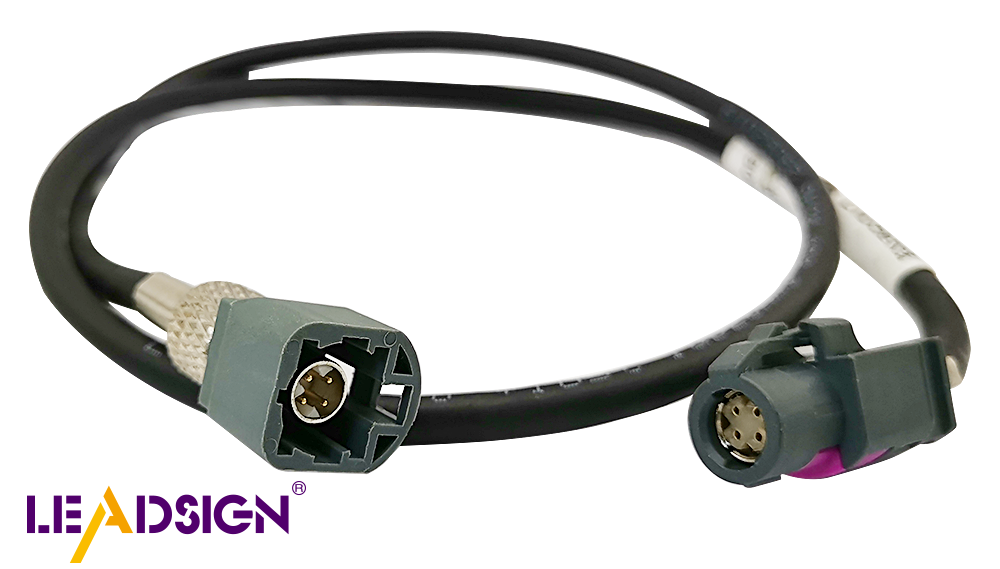Understanding Types of Wire Connectors Automotive for Accurate Identification

Understanding automotive electrical connectors types is crucial for ensuring proper setup and preventing car problems. Incorrectly identifying these connectors can lead to electrical issues or safety risks. For instance, 45% of connector problems stem from poor electrical contact. Common issues include loose wires, rust, and excessive heat. Familiarizing yourself with the various automotive electrical connectors types can help you avoid these complications. This post will guide you on how to accurately identify them, ultimately enhancing your vehicle's performance and safety.
Basics of Automotive Wire Connectors
What Are Wire Connectors?
Definition and Purpose
Wire connectors are important parts in cars. They connect circuits so electricity can flow. These have male (plug) and female (socket) parts. Their design changes based on use. Makers use copper, brass, or bronze for good conductivity and rust resistance.
Importance in Automotive Systems
In cars, wire connectors are key. They power radios and control engines. These connectors handle bumps and shakes in vehicles well. They lock to stay connected and stop wires from bending or breaking. Without them, the car's electrical system wouldn't work right.
Why Accurate Identification Matters
Impact on Vehicle Performance
Knowing wire connectors helps your car run well. Wrongly identified ones cause loose wires or rust. This leads to problems like engine trouble or bad lights. Correctly identifying ensures all parts work best for good performance.
Safety Considerations
Safety is a big reason to know connectors right. Wrong connections can cause fires or failures. Proper identification avoids these dangers, keeping connections safe and reliable. This care protects both the car and its passengers.
Types of Automotive Wire Connectors

Blade Connectors
What They Look Like
Blade connectors are also called spade connectors. They have a flat metal piece. There are male and female types. The male has a flat blade. The female has a slot for the blade. They are made from copper or brass. This helps them conduct electricity well and not rust. You can easily plug them in and take them out.
How They're Used in Cars
In cars, blade connectors do many jobs. They connect speakers, lights, and more. They are easy to use for quick connections. This makes them popular for fast fixes. They keep things working well in your car.
Bullet Connectors
What Makes Them Special
Bullet connectors look like small cylinders. The male looks like a bullet shape. The female has a hole to fit the bullet part. This keeps them connected even if the car moves or shakes. Made from strong stuff, they work well with electricity and don’t get damaged easily.
Where You'll Find Them
You see bullet connectors in car lights often. They're great for tight spaces needing secure links. Easy to put on and take off, they're loved by DIY fans and pros alike.
Butt Connectors
How to Spot Them
Butt connectors are tube-shaped parts joining two wires end-to-end. Look for their round shape and crimping feature that holds wires tight together.
When to Use Them
In cars, butt connectors join wires when fixing or extending wire sets. They make strong links that handle shakes and weather well by crimping wires inside tightly.
Special Connectors
What Makes Them Different
Special connectors have unique features. They are made for special jobs. Some, like the HSD Connector, send data fast. They work well with cameras and USBs. These connectors have strong locks and hold cables tight. This keeps them safe in tough car conditions.
Where They're Used
You find special connectors in certain cars where normal ones don't work. Car makers use them for special systems like digital radios or networks. Knowing where to use these helps pick the right one for your car.
Types of Car Wire Connectors
Different Kinds You See
Car wire connectors come in many types for different uses. You'll see blade, bullet, and butt connectors. Blade ones are flat, bullet ones are round, and butt ones join wires end-to-end.
How to Tell Them Apart
To know connector types, look at their shape and size. Blade ones are flat; bullets look like a bullet. Check how they connect: crimping is quick; soldering is strong; heat shrinking seals them from weather.
Practical Tips for Accurate Identification
Tools for Identification
Recommended Tools and Equipment
To identify car wire connectors, use the right tools. Here are some important ones:
Multimeter: This tool checks voltage, current, and resistance. It shows if the connector works well.
Connector Pin Removal Tool: Use this to take out pins from connectors safely.
Wire Strippers: These help remove wire covers to see connector types better.
Magnifying Glass: This helps you look at small details on connectors for correct identification.
How to Use Them Effectively
Using these tools takes practice. Here's how to use them well:
Multimeter: Set it to measure voltage, current, or resistance. Connect probes to check electrical parts.
Connector Pin Removal Tool: Insert gently into the connector to release pins without breaking them.
Wire Strippers: Set stripper size right. Squeeze gently and pull off insulation without cutting wires.
Magnifying Glass: Hold over connector to see shape, size, and markings clearly.
Common Mistakes to Avoid
Misidentification Pitfalls
Wrongly identifying connectors causes big problems. Watch out for these mistakes:
Ignoring Connector Shape: Each connector has a unique shape. Missing this can cause wrong connections.
Overlooking Material Composition: Different materials have different strengths against rust and electricity flow. Ignoring this affects performance.
Confusing Similar Connectors: Many connectors look alike but do different jobs. Always double-check before connecting.
Best Practices for Verification
For correct identification, follow these tips:
Compare with Manufacturer's Documentation: Check your car's manual or guide for connector details.
Use Online Resources: Websites like FindPigtails.com help match connectors by model-year or VIN number.
Consult Experts: If unsure, ask car experts or forums for advice based on their experience.
By using the right tools and following these tips, you can identify car wire connectors correctly. This knowledge improves your vehicle's performance and keeps it safe and reliable.
In this article, you learned about car wire connectors and why they matter. Knowing them keeps your car safe and working well. By learning about blade, bullet, and special connectors, you stop problems and make your car better.
"Asking good questions is important," say car experts, even for finding the right connectors.
Use these tips and tools for your car projects. Being careful helps protect your car and makes it work better.
See Also
Understanding HSD Connectors for Automotive Applications
Why Fakra Connectors Matter in Automotive Systems
Significance of FAKRA Connectors in Vehicle Technology

